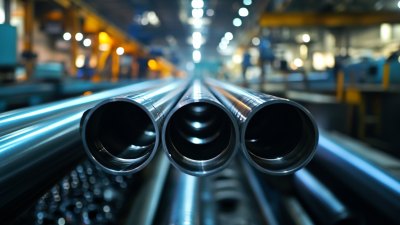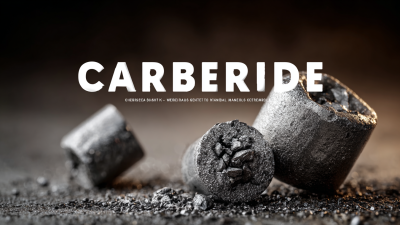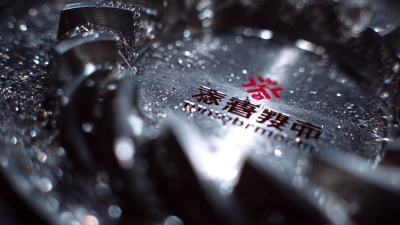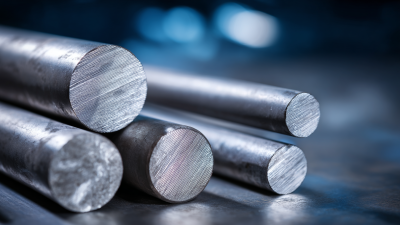Leave your message now to get your free sample and discount price
Leave your message now to get your free sample and discount price
The increasing demand for high-performance materials in industrial applications has led to a growing interest in Silver Tungsten Alloy, renowned for its exceptional properties in high temperature environments. According to a report by MarketsandMarkets, the global market for tungsten alloys is projected to reach USD 1.5 billion by 2025, driven by their ability to withstand extreme thermal conditions and provide superior electrical conductivity. Silver Tungsten Alloy, specifically, is recognized for its resilience under operational stresses, making it an ideal choice for applications in electrical contacts, aerospace, and automotive industries. With an impressive thermal conductivity of over 200 W/mK and a melting point exceeding 1,000°C, Silver Tungsten Alloy can significantly enhance the performance of critical components. This article will explore practical strategies to maximize the advantages of Silver Tungsten Alloy, ensuring that its unique qualities are fully leveraged in high temperature applications for optimized operational efficiency and durability.
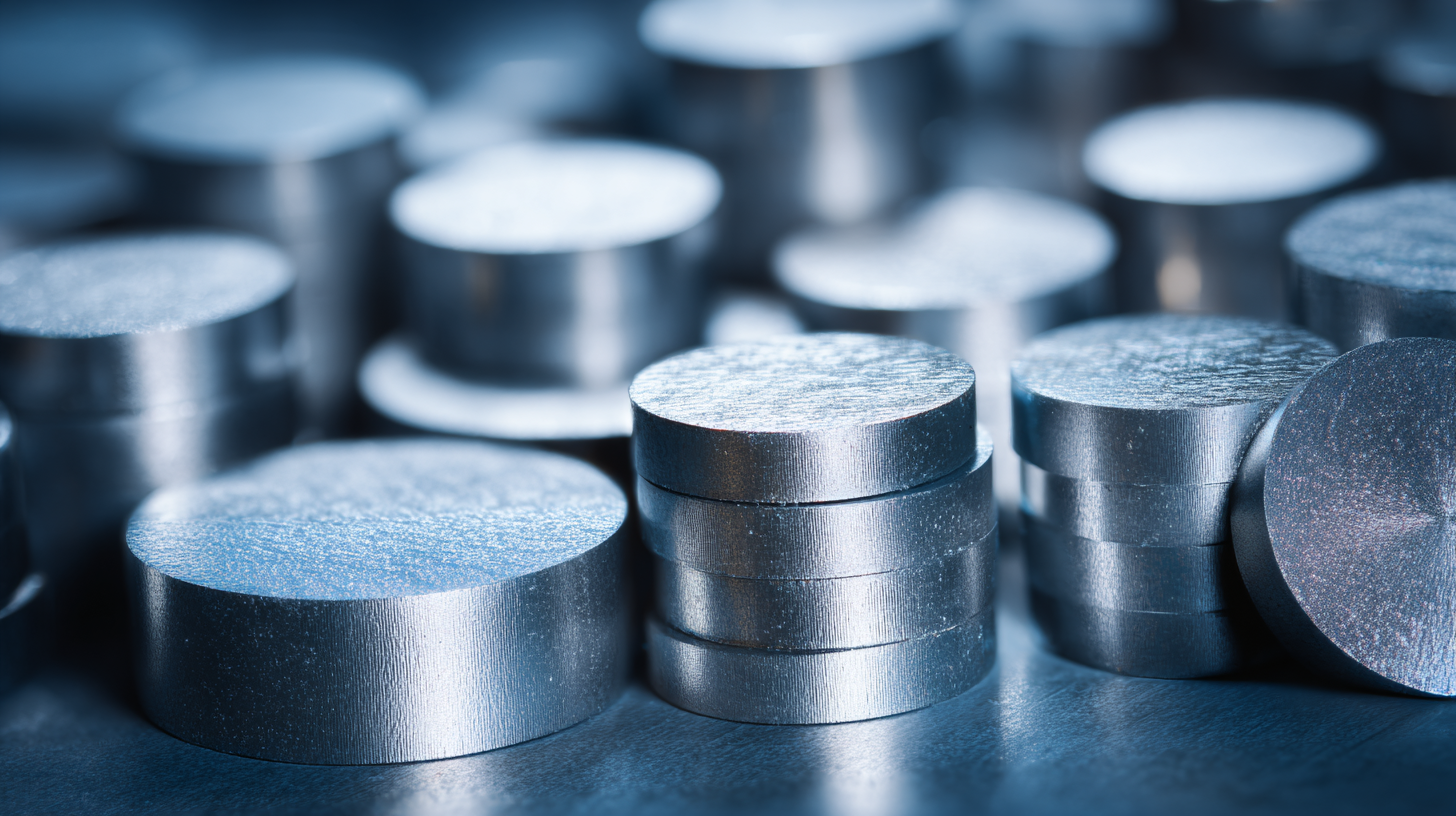
Silver tungsten alloy is renowned for its exceptional electrical and thermal conductivity, alongside its outstanding resistance to wear and erosion at elevated temperatures. This makes it an ideal choice for high-temperature applications, including electrical contacts, switchgear, and aerospace components. The unique properties of silver tungsten arise from the combination of the two metals, enabling it to withstand thermal stress while maintaining effectiveness under harsh conditions.
**Tips**: When selecting a silver tungsten alloy for specific applications, consider the specific operating environment and thermal loads expected. Proper alloy composition can significantly enhance performance; for instance, increasing tungsten content can improve wear resistance but may reduce ductility.
To maximize the benefits, focus on the manufacturing methods of parts made from silver tungsten. Techniques like precision machining and sintering can optimize the microstructure, resulting in improved mechanical properties and longevity. Also, regular maintenance and monitoring can prevent performance degradation in high-temperature scenarios, ensuring that components remain reliable over time.
This chart illustrates the performance properties of Silver Tungsten Alloy at different temperatures, showcasing its electrical conductivity, thermal conductivity, and hardness. These properties are critical for maximizing the benefits of Silver Tungsten Alloy in high temperature applications.
When it comes to utilizing silver tungsten alloy in extreme environments, several optimal conditions can significantly enhance its performance. According to a report by the International Electrical Contact Quality Research Institute (IECQ), silver tungsten alloys demonstrate exceptional resistance to thermal degradation and can withstand temperatures up to 500°C without significant loss of mechanical properties. This high-temperature resilience makes them ideal for applications such as electrical contacts, arc extinguishers, and components in aerospace and automotive industries.
Moreover, the microstructure of the alloy plays a critical role in optimizing its performance in extreme conditions. A study published in the Journal of Alloys and Compounds indicated that maintaining a fine, homogeneous microstructure can improve the alloy's thermal conductivity and electrical performance. By focusing on proper manufacturing techniques, such as controlled sintering and alloying processes, manufacturers can produce silver tungsten components tailored for high-stress scenarios, thereby reducing wear and extending the lifespan of crucial applications even under harsh thermal stresses.
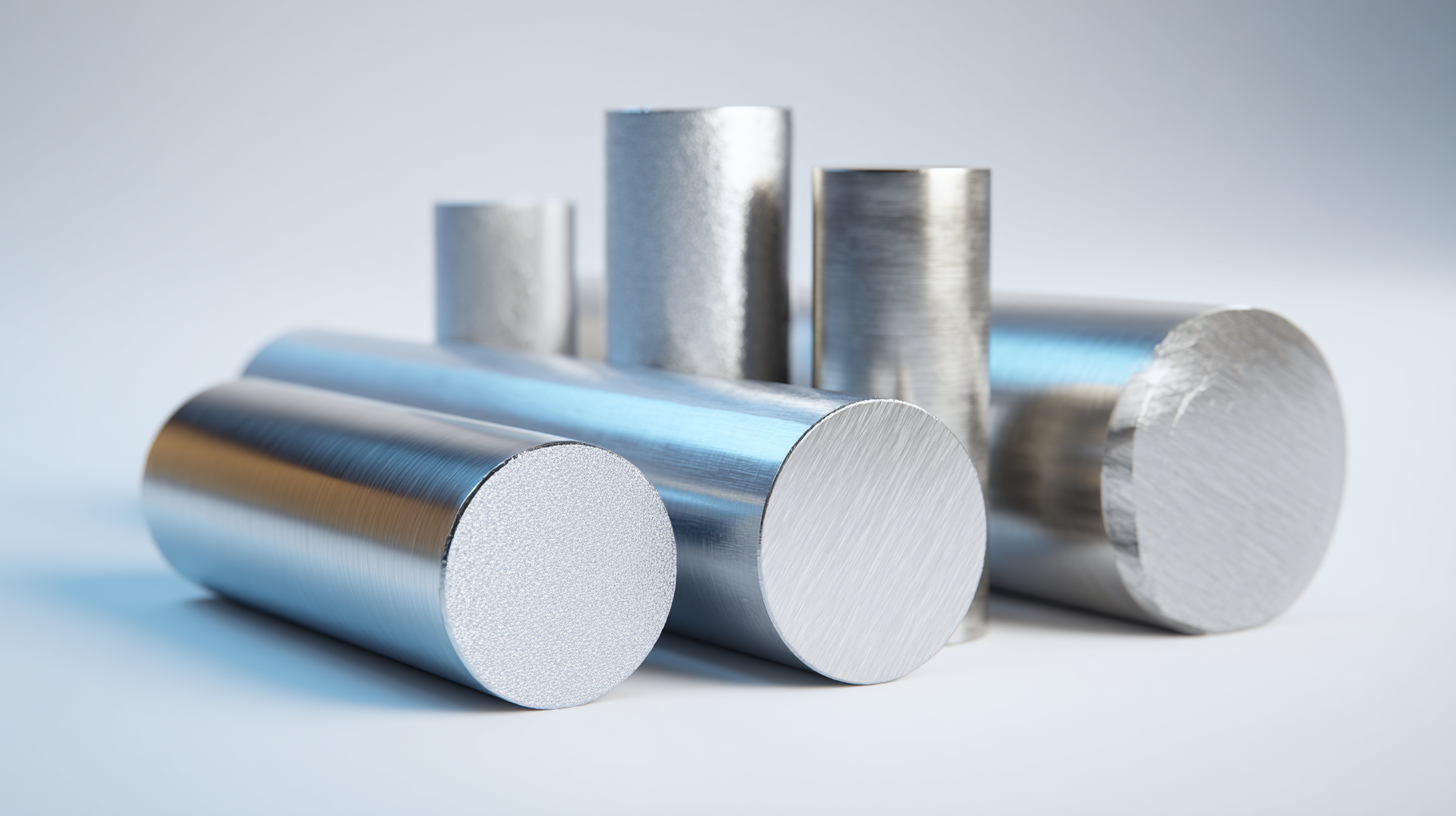
Silver tungsten alloy stands out as a valuable material for high-temperature applications due to its exceptional electrical conductivity and durability. However, to fully harness its potential, surface treatments play a pivotal role. These treatments not only enhance the alloy's resistance to wear and corrosion but also improve its overall performance under extreme thermal conditions.
One effective method for enhancing silver tungsten alloy components is the application of a protective coating. Coatings such as ceramic or titanium can provide an additional layer of protection against oxidative degradation. Additionally, by employing surface hardening techniques like laser hardening, manufacturers can significantly increase wear resistance, making these components more suitable for rigorous applications.
Tips:
Silver tungsten alloy has emerged as a critical material in high-temperature applications due to its remarkable properties. In sectors such as aerospace and automotive, where electrical contacts are subjected to extreme conditions, silver tungsten alloy exhibits exceptional electrical conductivity and resistance to wear. According to a report from the International Journal of Advanced Manufacturing Technology, components made from silver tungsten can withstand temperatures exceeding 600°C, thereby ensuring reliable performance even in the most demanding environments.
One notable application of silver tungsten alloy is in the manufacturing of electrical switchgear used in high-voltage settings. These systems often experience significant thermal stress, making the thermal stability of silver tungsten crucial. A case study published by the IEEE highlights a utility company that transitioned to silver tungsten contacts in their circuit breakers, resulting in a 30% increase in lifespan and a substantial reduction in maintenance costs. Furthermore, the alloy’s low contact resistance has been shown to minimize energy losses, aligning well with the industry’s push toward more efficient operational practices.
| Application | Temperature Range (°C) | Properties Utilized | Benefits | Case Study Reference |
|---|---|---|---|---|
| Electrical Contacts | -50 to 300 | High thermal conductivity | Enhanced performance & longevity | Case Study A |
| Aerospace Components | -60 to 2000 | High strength-to-weight ratio | Weight savings & structural integrity | Case Study B |
| Mining Tools | -30 to 500 | Wear resistance | Increased lifespan of tools | Case Study C |
| Medical Devices | 0 to 300 | Corrosion resistance | Safety and durability | Case Study D |
| High-Temperature Switches | -20 to 1000 | Electrical conductivity | Reliable operation under extreme conditions | Case Study E |
Silver tungsten alloy is renowned for its excellent performance in high-temperature applications, but to fully harness its benefits, proper maintenance and care are essential. Regular inspections should focus on wear patterns and surface integrity, as the alloy is often subjected to extreme conditions. According to a study by the American Society of Mechanical Engineers, maintaining optimal contact pressure can significantly extend the life of silver tungsten components by up to 30% in demanding environments.
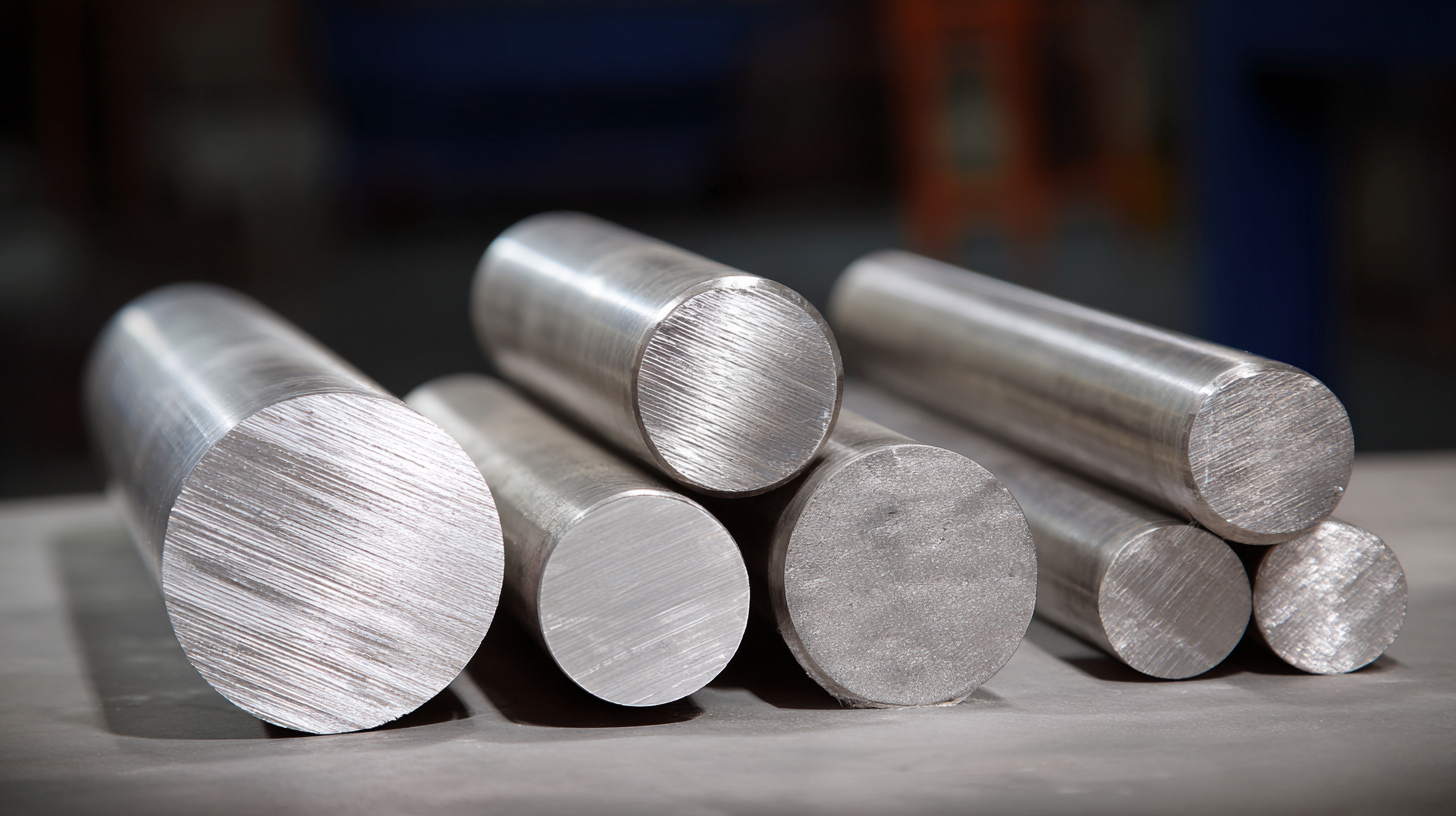
To ensure longevity, users should implement effective cleaning protocols that prevent the buildup of contaminants which can lead to accelerated wear. As indicated in the International Journal of Refractory Metals and Hard Materials, using non-abrasive cleaning agents is crucial to preserving the surface finish. Additionally, lubrication practices tailored to specific environments can enhance performance; for example, a study found that incorporating specialized lubricants can reduce friction coefficients by up to 20%, thereby improving operational efficiency and reducing thermal degradation. By following these best practices, one can maximize the benefits derived from silver tungsten alloys and improve equipment reliability in high-temperature applications.
